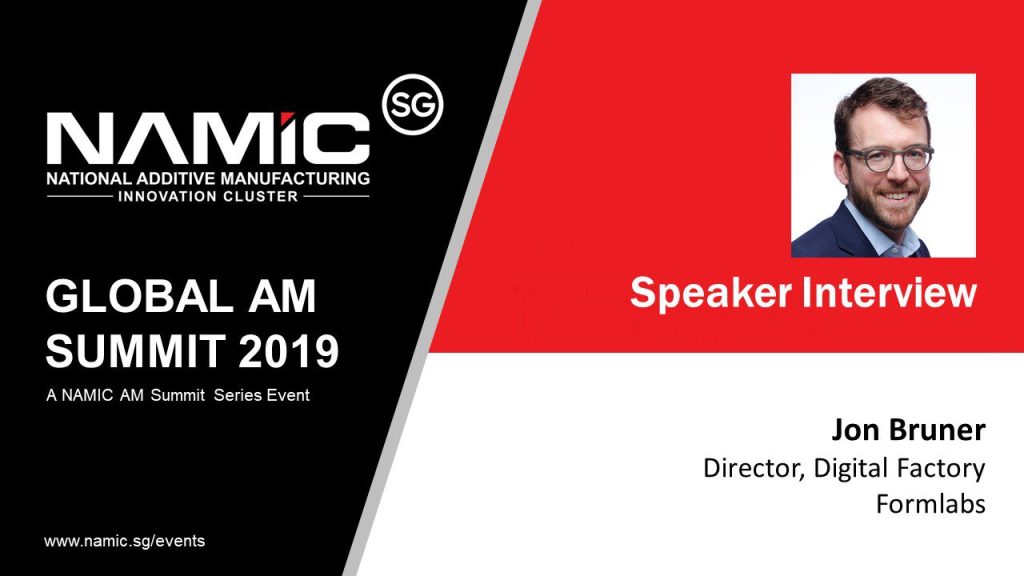- What does the Future of Manufacturing mean to you and your company?
The future of manufacturing is flexible, efficient, and responsive.
Manufacturing is often seen as a “back-office” function of companies that make physical products, but digital technologies like 3D printing make it possible to integrate manufacturing more tightly with the rest of the product development process, making it easier to produce great products and respond to changing market demands quickly.
- Sustainability is the latest buzz word. How is your organization embracing it?
There are two sides to the question of whether 3D printing is sustainable: whether the 3D printing process itself is sustainable, and whether the products that 3D printing creates are sustainable.
We’re always looking to make our products more sustainable, in terms of both energy use and material supply chains. Our software updates have made it possible to use less resin by printing directly on the build platform, with minimal support structures, for instance. And we give our users lots of advice on using materials efficiently.
The promising thing about 3D printing is that it can be a driver of sustainability, by producing parts that use less material, are lighter-weight, and are better-suited to their purposes. Lighter parts in industries like aerospace can save enormous amounts of fuel over the long lifespan of an airplane, and products that are well-customized for their users will last longer.
I’ve explored sustainability in a couple of interviews on the Digital Factory Podcast: https://www.thedigitalfactory.com/podcasts
- Industry 4.0 – where is this Revolution leading towards?
Industry 4.0 is ultimately about making product development faster, more flexible, and more responsive by linking every step with intelligent software, from initial concept through prototyping and manufacturing.
- What are the key factors to consider in adopting technologies to achieve a Digital Manufacturing Environment?
Managers who want to implement a fully digital manufacturing environment need to think ahead and imagine the business that they want to operate. It’s easy to make incremental changes—like replacing a single injection-molded component with a 3D printed one—but those incremental changes won’t bring about a full reinvention of your business.
What do your customers want, and what could you give them if manufacturing constraints weren’t an issue?
- Please share your take on the process and trends of AM Material and importance materials development for AM adoption.
Materials are critical to the adoption of additive manufacturing. We tend to get excited about 3D printing hardware, but it’s the material that persists through the lifetime of the final product!
- What can be done to further expand the potential of 3D Printing?
The 3D printing process itself has become very easy; the workflows around 3D printing represent today’s biggest adoption blocker. Acquiring data, through scanning, CAD modeling, or other means, requires specialized expertise. Design for additive manufacturing is emerging as its own design discipline, and even the business case for 3D printing as a commercial driver remains only narrowly understood.
Any steps that improve workflows and broader understanding of 3D printing will further expand the potential of the field.

